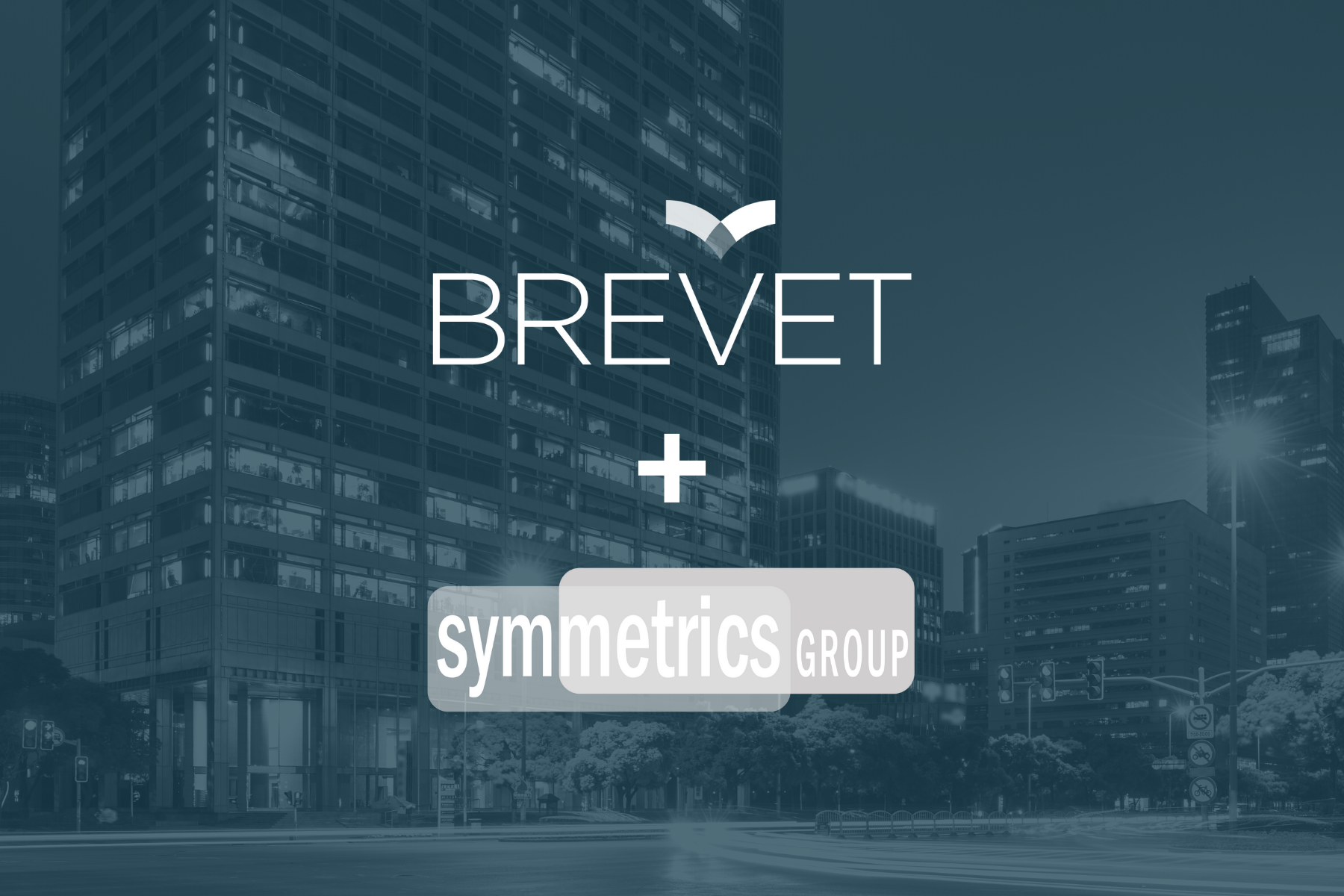Sales enablement has secured a seat at the table across a variety of industries and companies. This is the biggest takeaway from this week’s Sales Enablement Society’s annual conference. Yet, many enablement teams are struggling to get a solid footing. Their work is just beginning to execute activities that measurably impact sales results.
So, what happened at the conference?
By a show of hands, it was clear that over half of attendees were first-time participants. A large many of these folks had just started in their first enablement role. Most of the attendees were at the early stages of their sales enablement journey. The growing pains for many were real.
Through breakout sessions, keynote speakers, and group discussion, we learned a lot about the sales enablement challenges facing sales teams. Many of the discussion left attendees with more questions about where to focus in 2020. Five big questions stood out to us:
1. How do we ensure sales reps adopt messaging and collateral?
Modern day sellers loath product collateral (even when it’s meant for sales). Too often, messages and collateral are merely glanced at before being discarded. Enablement should play a critical role in tailoring content for the field. Marketers do a great job highlighting product features and enhancements. But, it’s up to sales enablement to be the translation engine for sales. Content should not be rolled out to the field without input and final sign-off from sales enablement. Enablement’s filter should add context and relevance through a lens that marketing doesn’t have. This will improve adoption by reps because the content is tailored and adds value to the sales motion.
2. What about the first-line manager? How do we enable sales leaders?
Sales enablement spends a tremendous amount of time trying to solve pain for reps. But what about front-line managers? It’s their responsibility to coach and role model success for their team members. Unfortunately, some of the major sales enablement challenges facing sales managers continue to go overlooked. Sales enablement must help solve this continuing problem. Sales managers interact with reps on a daily basis. They’re in the trenches, observing and coaching. They have a front seat to the successes and failures of sales reps. If you want to drive change with reps, sales enablement should view managers as extensions of their team. And they need to enable these resources to be successful coaches. This requires an enablement program focused on improving the effectiveness of sales managers.
3. How do we effectively reinforce behaviors that drive sales success?
Sales organizations continue to invest in onboarding training for new reps. But conference attendees still have gaps in reinforcement programs that bring the concepts to life in the days after bootcamp. Attendees at this year’s SES well understood that most live trainings require field reinforcement. But most are struggling to find a structured and systematic approach to help reps and managers practice and refine their skills. Maintaining a steady drumbeat requires a programmatic approach. Alignment with other parts of the organization is critical. But these activities are essential in driving long-term behavior change after any initial training or rollout.
4. How do we enable our channel partners?
Companies continue to reach new customers using different routes to market. Growing channel complexity was a clear trend experienced by SES attendees. This presents unique sales enablement challenges for sales enablement. Working with channel partners can be a cost-effective strategy to reach different buyer segments. But how can enablement effectively develop the skills and behaviors of resources their company doesn’t fully control? How can they influence at arm’s length? Utilizing a channel partner does not mean abandoning the concepts you teach your direct sellers. But it does mean more flexible programs and tools that meet your channel partners where they are. A few enablement teams are making progress in this area, but they represent the exception. This is a topic that will certainly grow in importance.
5. How can sales enablement continue to prove its value?
Yes, sales enablement has earned a seat at the table. But now is not the time to take the foot off the gas. Selling environments are becoming more competitive. Enablement functions are being tasked with solving more complex revenue growth problems. Many aspects of sales enablement are still undefined, especially in the eyes of other organizational functions. A seat at the table comes with greater responsibility and expectations. When it’s time to speak, enablement must be able to clearly show how their activities are supporting the KPIs that matter. A clear takeaway from the conference is that too many enablement teams are still struggling to demonstrate ROI. Hint: program adoption or training satisfaction aren’t metrics your C-suite cares about.
Congratulations to the planners of last week’s conference. Just like sales training events, everyone left fired up and ready to make a difference. As the buzz of the event fades, the real work begins. Focus your efforts now to finish the year strong and plan for a solid start in 2020. We’re excited to be a part of this ongoing evolution in sales enablement.
Contact us to learn more ways to improve your enablement strategy and ensure you drive greater sales productivity next year.
About The Author
.jpeg?height=120&name=Peter%20Catalano%202%20(2).jpeg) Senior consultant with significant expertise in sales strategy, training, enablement, and transformations. Peter combines his background as a sales practitioner with practical consulting experience to drive successful client engagements.
Senior consultant with significant expertise in sales strategy, training, enablement, and transformations. Peter combines his background as a sales practitioner with practical consulting experience to drive successful client engagements.


.jpg)

